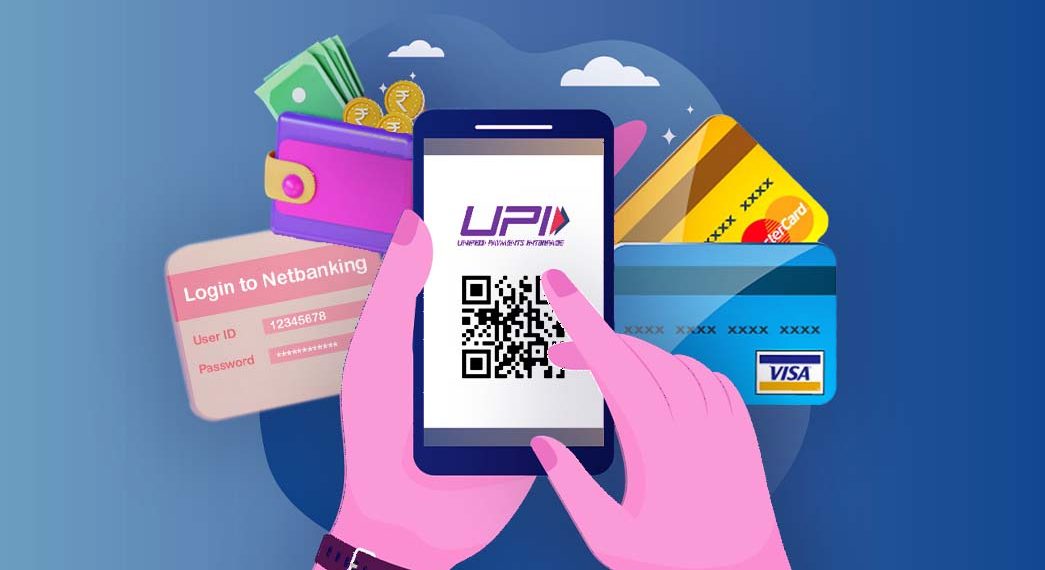He came, he saw, and he conquered. Yes, we are talking about UPI, which changed the way Indians made payments. In the past three years, the UPI transaction volume increased nine-fold, from 5 billion transactions in FY19 to about 46 billion in FY22. This year, UPI accounted for more than 60% of digital transactions. But is UPI the whole nine yards of digital payments? Digital payments in India are inclusive of UPI but not synonymous with it. Time to shed some light on unsung heroes of the digital payment ecosystem. So let’s read about other rockstar modes of payments being a support pillar to the digital economy.
1. Banking cards:
Even though UPI is the budding payment hero, it isn’t exactly eclipsing the banking cards. While UPI rules small transactions, one would still require a credit card EMI to pay for those fat purchases. Now let’s crunch some numbers. India has 940 million debit card owners and only 62 million credit card owners, almost 16 times higher than the latter. And yet, credit cards still reign as the cash cow of digital transactions. An Indian credit card user spends an average of Rs 14,500, which is 21 times higher than spending on a debit card.
2. USSD (unstructured supplementary service data):
USSD is yet another banking service that intends to bring the unbanked part of society under the umbrella of digital payments. USSD service only requires the bare minimum equipment — a mobile phone(not necessarily a smartphone) and a bank account. The user needs to press *99# and follow the instructions to make the fund transfer. With USSD, one can also access mini-bank statements and make balance inquiries. Brownie points? The service is also available in Hindi and can be accessed without internet availability.
3. AEPS (Aadhaar-enabled payment system):
AEPS is an Aadhar-based banking service wherein users can conduct balance inquiries, cash withdrawals, and fund transfers. One has to link their Aadhar card with their bank account to activate the service. To know more about its features and functions, read our detailed blog on AEPS.
5. Mobile wallets:
Mobile wallets are virtual wallets used to transfer money from one’s phone. They are safe and contactless since physical cash isn’t involved in the transaction. Users can add money to their wallets and use it as and when required. If you have yet to try it out, go contactless with the Paytm mobile wallet.
6. Internet banking:
Internet Banking enables us to make financial transactions through the bank’s official website. It is a password-protected payment system that ensures complete security while making fund transfers. Internet banking renders services like RTGS(Real-time gross settlement), NEFT(National Electronic Fund Transfer), and IMPS(Immediate Payment System).
India’s projection to reach $10 trillion in digital payments this decade is forthcoming real soon. It’s not just the banks and the fintechs of the country but also the futuristic populace of India that is sprinting towards digitizing the payments economy. How do you think digital payments will advance in the coming future? Which payment interface will share the UPI spotlight? Share your thoughts in the comments below.








